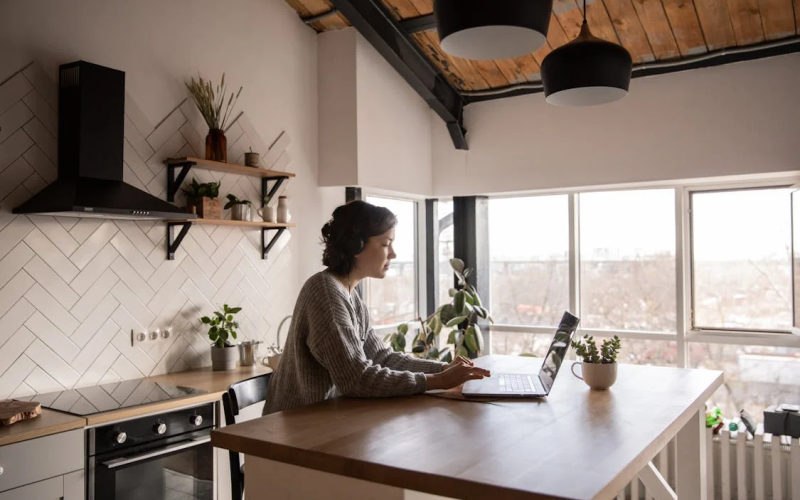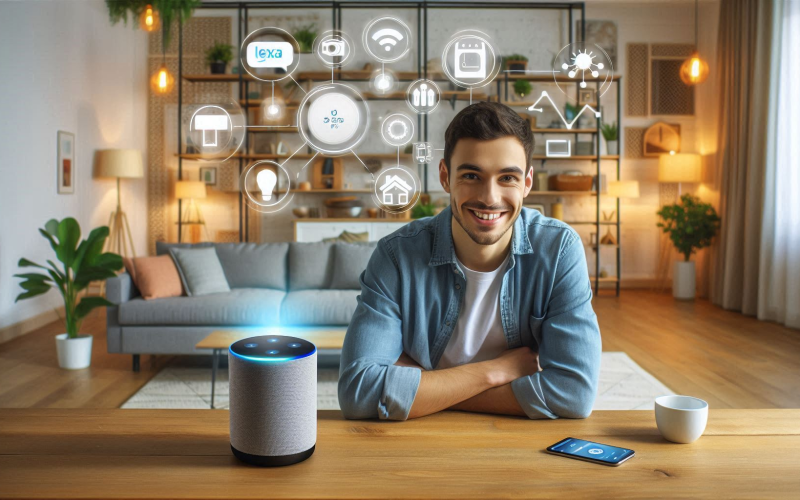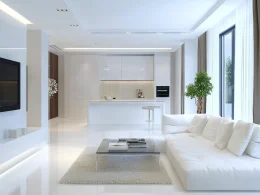AI is transforming interior design, making it more innovative and personalized. From concept creation to color matching, AI tools are simplifying the design process while enhancing creativity.
Ready to explore how these cutting-edge technologies can revolutionize your living spaces? Let’s dive into the latest AI trends shaping modern interior design.
AI-Powered Design Software: Transforming Concept to Creation
AI-powered design software is revolutionizing how we approach interior design. These tools take your initial concept and transform it into a detailed, actionable plan.
Imagine sketching an idea and then watching as the software suggests layouts, materials, and even lighting options that suit your style perfectly. No more guesswork – just streamlined creativity.
Tools like Planner 5D and Autodesk’s Revit use complex algorithms to predict trends and optimize space utilization based on data-driven insights. So, you get professional-level results without needing a degree in architecture or years of interior design experience.
Dynamic Color Palette Generators: Matching Your Mood
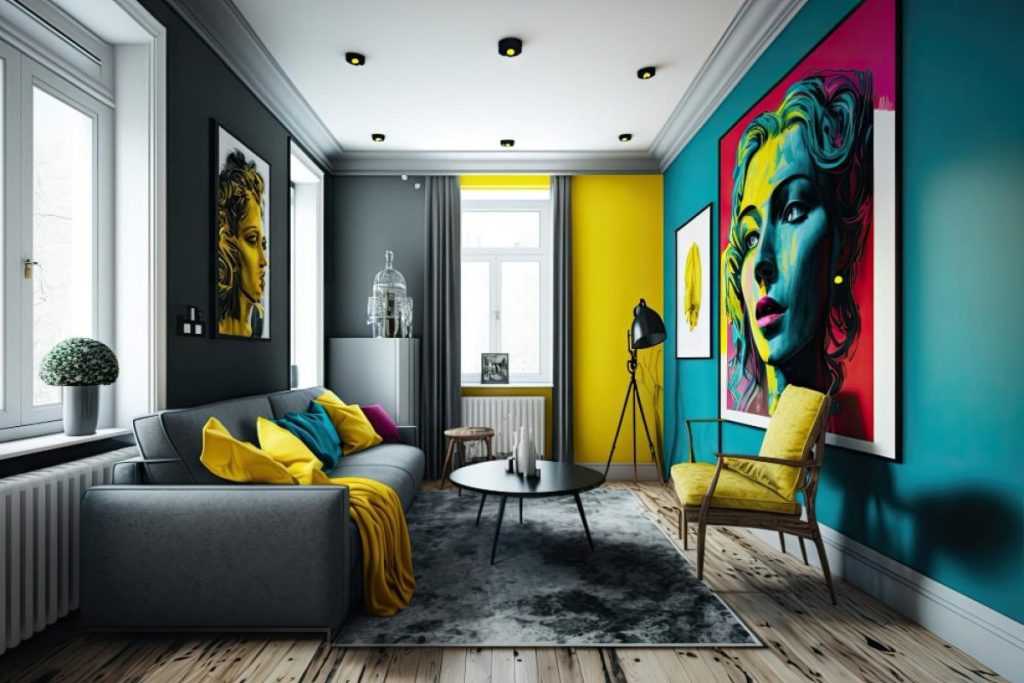
Dynamic color palette generators are changing how we think about interior aesthetics. These AI-driven tools analyze your preferences, mood, and even the room’s natural lighting to suggest perfect color combinations. It’s like having a personal stylist for your home decor.
Tools such as Colormind and Colors leverage deep learning algorithms to provide unique palettes tailored to you. They consider the psychological effects of colors, ensuring harmony in your living spaces.
Whether you’re updating a single room or redesigning an entire home, these generators simplify decision-making and help create visually stunning environments.
You could even use them to create bespoke paint colors – and then use an AI tool to generate names online for your colors – when beginning an interior design company that sells products like unique paints.
Personalized Decor Suggestions with Machine Learning
Machine learning is personalizing decor like never before. By analyzing your tastes, past choices, and even social media activity, AI tools such as Modsy and Havenly offer bespoke decor suggestions. Think of it as a design consultant that knows you better than you know yourself.
These systems process countless variables – from furniture styles to art preferences – to recommend items that fit your unique aesthetic perfectly. The result? Spaces that feel distinctly “you,” down to the smallest detail.
With machine learning’s rapid advances, personalized home decor has never been as accessible or accurate.
Automating Fabric Choices: Efficiency Meets Creativity
AI is streamlining fabric selection, merging efficiency with creativity. Tools like Textilegen and AI Fabric Designer sift through vast databases of textiles to recommend the best matches for your project. They consider texture, durability, pattern compatibility, and even future trends.
Imagine telling an AI what you envision – plush velvet for a cozy living room or durable canvas for outdoor furniture – and getting tailored options in seconds. This tech ensures you find high-quality fabrics that compliment your design without hours of searching.
Automation doesn’t just save time; it expands creative possibilities by introducing choices you might never have considered.
Integrating Biophilic Design with AI Assistance
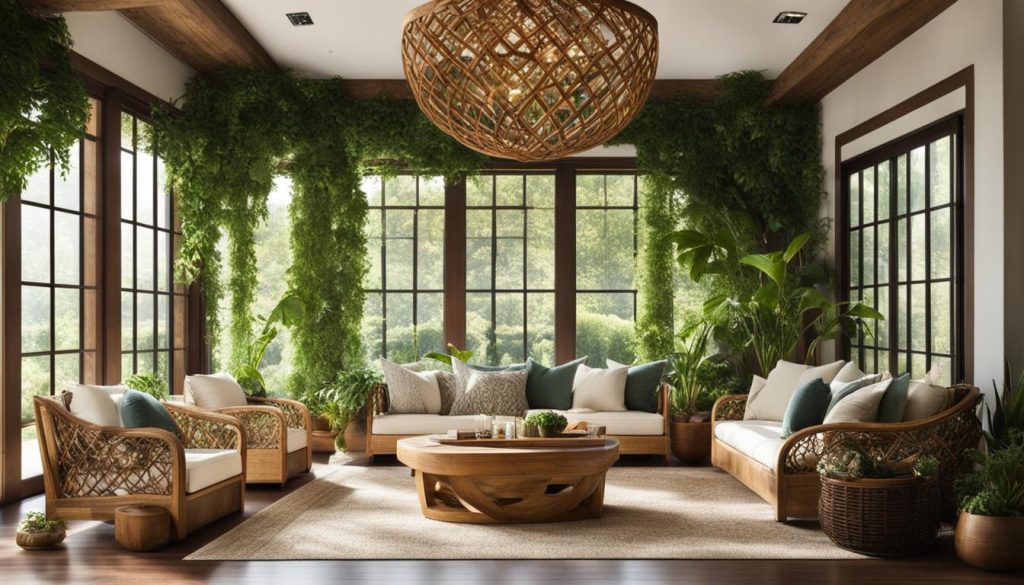
Biophilic design, which emphasizes the connection between nature and indoor spaces, is getting a high-tech boost from AI.
Tools like Spacemaker and Delve use algorithms to integrate natural elements seamlessly into your interiors. These platforms consider factors such as natural light patterns, air quality, and spatial flow to suggest greenery placements, natural materials, and more. It’s like having an eco-conscious designer on hand 24/7.
With AI assistance, achieving a harmonious blend of modern design and biophilic principles becomes easier and more precise. Your home can feel both cutting-edge and deeply connected to nature without endless trial-and-error.
AI-Assisted Space Planning for Small Living Areas
Living in a small space doesn’t mean compromising on style or functionality. AI-assisted tools like Roomstyler and Homestyler optimize every inch of your living area. They analyze spatial constraints, furniture dimensions, and even traffic flow to provide efficient layout options.
These tools can suggest multifunctional furniture, innovative storage solutions, and clever design tricks tailored specifically to compact spaces. So, you’ll achieve a harmonious blend of comfort and practicality without feeling cramped or cluttered.
Leveraging Data Analytics for Trend Forecasting in Interior Design

Data analytics is a game-changer for forecasting interior design trends. Platforms like Trendbook and WGSN Homebuildlife harness vast amounts of data from social media, sales figures, and market research to predict what’s next in design.
This predictive power helps designers stay ahead of the curve by identifying emerging styles, popular color schemes, and preferred materials before they hit mainstream markets.
It’s similar to having an insider scoop on the future of fashion but for your home decor.
By leveraging these insights, you can create spaces that are not only current but also timelessly stylish.
Enhanced Client Collaboration through AI Platforms
AI platforms are enhancing collaboration between designers and clients, making the design process more interactive and satisfying. Tools like Foyr Neo and Morpholio Board allow clients to visualize changes in real time, providing instant feedback on layouts, colors, and furniture choices. It’s like having a collaborative canvas where both parties can experiment freely without waiting for revisions.
These platforms utilize AI to adapt designs based on client preferences instantly, ensuring that every suggestion aligns with the client’s vision.
This not only speeds up the project timeline but also results in higher client satisfaction as their ideas come to life seamlessly.
The Bottom Line
As we have seen, AI is revolutionizing interior design, offering tools that make the process smarter and more personalized.
Here’s a quick recap:
- AI-Powered Design Software transforms your concepts into actionable plans with precision.
- Dynamic Color Palette Generators tailor color suggestions to your mood and environment.
- Personalized Decor Suggestions with Machine Learning offer bespoke decor recommendations based on your unique tastes.
- Automating Fabric Choices streamlines fabric selection, merging efficiency with creativity.
- Integrating Biophilic Design with AI Assistance seamlessly incorporates natural elements into interiors.
- AI-Assisted Space Planning for Small Living Areas optimizes compact spaces without sacrificing style or functionality.
- Leveraging Data Analytics for Trend Forecasting keeps you ahead by predicting emerging design trends.
- Enhanced Client Collaboration through AI Platforms facilitates real-time collaboration and feedback.
Ultimately, these innovations enhance aesthetics while optimizing functionality and personal connection in our living spaces.





